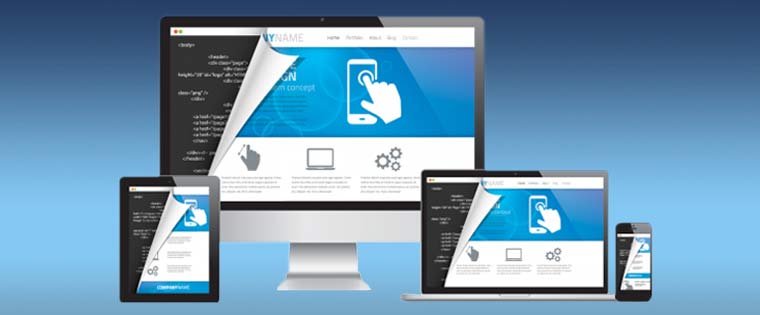Convert Training PPTs to SCORM Compliant E-Learning – 4 Quick Tips

PowerPoint is an excellent tool for creating high impact presentations. Teachers, instructors, and trainers have been using PowerPoint presentations for a long time to provide the much need visual relief and learning aid during their training sessions. It still continues to work perfectly. But is your PPT good enough as a standalone course? Although PowerPoint decks present content in a highly effective manner, they just can’t bring enough interactivity to singlehandedly engage your learners. And as the usage of classroom sessions as a mainstream corporate training mechanism is slowly diminishing, the PPTs you created with so much effort also risk going out of circulation.
That’s why instead of letting time, and advancement in technology, take its toll on old PPTs, you should convert them to fully functional, SCORM-compliant e-learning programs. SCORM or Sharable Content Object Reference Model is a collection of standards and specifications for digital learning courses. It basically defines how your e-learning course communicates with the learning management system. All in all, SCORM ensures the universality of your courses. SCORM compliant content can be delivered to the learners more quickly, more robustly, and at a lower price.
When you set out to convert your PPTs into e-learning courses, it is of paramount importance that you ensure they are SCORM compliant. This post provides some tips you can follow to ensure the quick conversion of your PPTs to SCORM compliant e-learning courses:
1. Gather Your Learning Material
A PowerPoint presentation is usually accompanied by a spoken lecture. This means that a PPT holds only half of the information to be conveyed. Before beginning the conversion, you need to make sure the other half of the information is acquired. Using this complete chunk of information, you can create a comprehensive e-learning program. This way, when you complete the conversion process, you can be assured that your course will pack the same punch as the original classroom session.
2. Find the Right Tool
In the current e-learning development scenario, authoring tools have become so powerful that they do all the major heavy-lifting work. Interactivities can be added by a few clicks, device-specific previews can selected through a drop-down, gaming elements can selected from the menu, and many more such features make authoring tools quintessential. That why finding the right rapid authoring tool is highly crucial for the successful conversion of PPT to e-learning. The good part is that, most tools now-a-days deliver SCORM compliant courses, but it is always good to double check. Also check if the tool supports the features you need.
3. Modify Content and Convert
Converting your PPTs into e-learning is a blessing in disguise. It gives you the opportunity to make extensive changes to the way content is presented and delivered to your employees. The PPT is usually based on old thought processes. While converting, you can apply the latest, tried and tested instructional design methods to add real value to your digital learning program. Add interactivities, animations, infographics, videos, audio clips, game-based content, and much more to create a course that resonates with today’s generation. You can even make them compatible with multiple devices. The best part is that since you are using the latest authoring tool, your converted course will automatically be SCORM compliant.
4. Perform Extensive Tests
Once you have converted your PPT course to SCORM, it’s important to ensure your new SCORM package is SCORM conformant. You can use a SCORM Cloud portal to test your course compatibility. If your course works on a SCORM Cloud portal, then it should work on any LMS. You can also check the finer elements such as checking if animations work properly, audio clips play correctly, assessments record scores without any errors. Above all, you must also consider running various tests with stakeholders and try to identify any flaws in the course functionality. Ensure that after the conversion, your course still conveys the necessary learning objectives to your learners.
In today’s dynamic learning environment, using PPT for corporate training solely is simply not going to suffice. In order to preserve your old content, convert it to an e-learning course, the right way.





